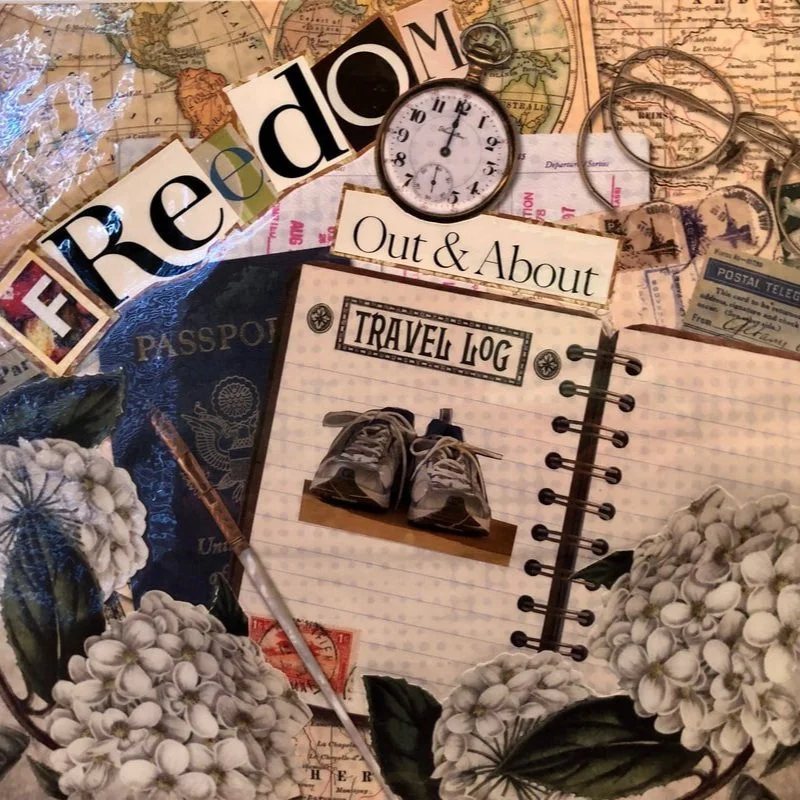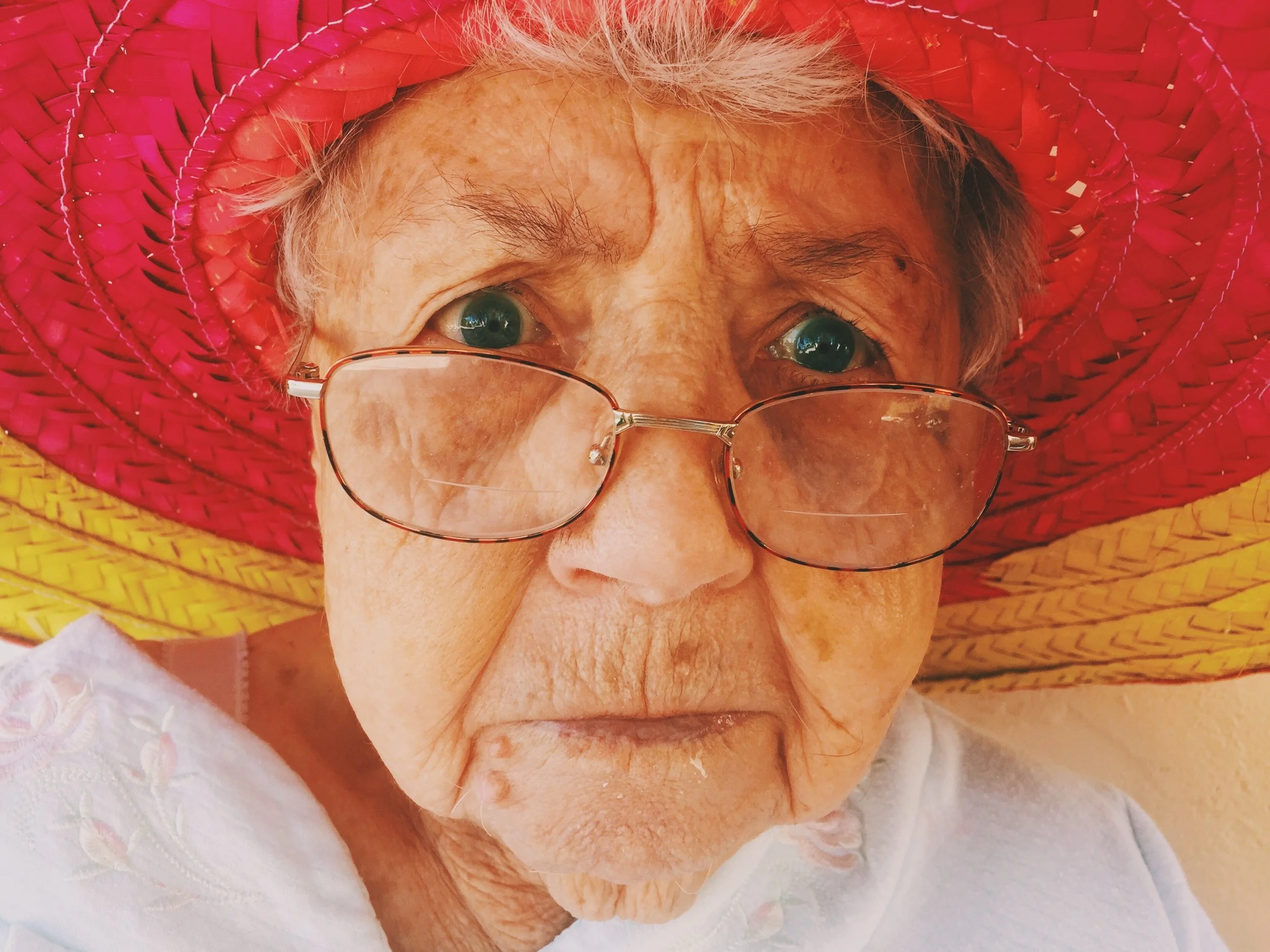
The Blog—Real-life riffs on anxiety, resilience, and being fully present
Looking for the blog? You found it—let’s dig in
I’m Victoria Wallace Schlicht—California-licensed Marriage & Family Therapist and certified Somatic Experiencing® Practitioner—something like a nervous-system whisperer minus the white cowboy hat..
I help anxious, high-functioning adults ditch the “I’m broken” story and find steadier ground. Let’s be honest, nearly everyone you know has either experienced high anxiety or brushed up against it—and how could we not? We’re living in a world that’s spinning faster than we were built to handle. Over-functioning is wearing us out.
We need better tools and a fresh perspective. Good news: I’ve got a stack of both, and I love to share them.
Welcome to my bully pulpit. Each post unpacks the science, stories, and somatic hacks that tame anxious spirals, increase self-regulation, and build real resilience.
Ready for deeper work? Get the scoop on my all-online California practice here.
Why Somatic Experiencing—Panic Attack
Collage art by Victoria Wallace Schlicht
Learn how Somatic Experiencing can help you understand the purpose of anxiety, reduce panic and overwhelm, and build increased self-regulation and resiliency.
How chronic anxiety & panic attacks hijack your freedom
Out of control anxiety and panic can rob you of your freedom. It can certainly rob you of your joy and spontaneity in life. Drain you. I see it every day. New clients coming in, weighed down by concerns, worn out by worry and rumination. Bearing all the signs of a nervous system under assault.
The experience we have of overwhelming and out of control anxiety fills our mind and our bodies with disturbing symptoms and sensations. We're caught in endless and intense cycles of rumination, racing thoughts, negative and often catastrophic thoughts, sweaty palms, racing heart beat, breathlessness, tight chest, stomach agitation, acid reflux, Irritable Bowel Syndrome, high blood pressure, muscle pain and tightness. It goes on and on and on. High anxiety is extremely uncomfortable and can have a lasting impact on our general physical health.
Panic-attack symptoms: when anxiety mimics a heart attack
If your generally anxious experience has actually progressed to the level of panic attacks, you're sometimes experiencing all these symptoms and more. Panic attacks will be characterized by their sudden onset and an overwhelming sense of dread and doom. In fact, panic attacks are so intense they routinely send folks to the ER with symptoms similar to heart attack. Heart pounding, chest pain or tightness, sweaty palms, trembling, fear. My clients have reported narrowing of the field of vision, feeling as if they are going to pass out, afraid they are actually dying. The level of panic in an actual panic attack is not something you miss. It's obvious and one of the side effects is often embarrassment. Panic is so intense that after your first panic attack your primary anxious fear may be ever feeling that way again. You'll do anything to avoid feeling this again. Anxiety, in general, and panic, in particular, can have to effect of beginning to limit your life in significant ways. You may stop going places that might lead to anxiety. Stop doing things you enjoy. This can be progressive in nature, ultimately limiting your life more and more.
Chronic anxiety drains energy, self-esteem—and relationships
Our high and anxiety and panic impacts our interior life, our mental and emotional functioning, our sense of agency and control in our lives, our self-esteem, our work and social lives, and can deal a hard blow to our most valued and intimate relationships. Our high anxiety demands a lot out of us and can demand a lot from the people around us, as they make efforts to accommodate our growing list of needs, demands, and restrictions, to say nothing of our irritability. Long-term, highly anxious states can have the unhappy consequence of stressing our most important and intimate relationships, adding yet another level of stress to our lives. Anxiety is exhausting and it can become isolating.
Kyle Broad-unsplash
Why your nervous system gets stuck in anxiety in the first place
Our anxious experience is there for a reason. Anxiety is part of your built-in survival mechanisms. Working as it should, anxiety is there to keep you safe, alert you to danger, and fuel your quick responses. We want you alert enough to know when you're safe and when you're not. The problem is, given enough of the right kind of stimulation over the course of a lifetime, somehow anxiety ends up running the deal. We're stuck in anxious overdrive. Stuck in our anxious problem solving mind. We may always feel afraid in some way, not only when there is something to fear. Instead of being appropriately aware and oriented, we are vigilant and feel under near constant threat. All the time. It's exhausting. And emotionally painful.
The hidden survival function behind anxiety
Alex Harvey—unsplash
Believe it or not, while it may feel like your anxious experience is out to get you and your body has become your enemy, anxiety is here to help. Anxiety is doing it's job of looking out for you, keep you safe, and making sure you avoid danger and pain. It doesn't feel that way, though. Anxious experience promotes and shows up as persistent negative thoughts and highly critical self-talk. An out of control, negative, and critical parent. Sometimes I think of anxiety as a well-meaning, nosy grandma, constantly fussing in our ear about how we won't be successful if we don't do this, or that we shouldn't try something new, launch out into the world, trust anyone other than ourselves, or take a chance on a new adventure. "Don't leave without your coat! It's a scary cold world out there!" Our anxious thoughts are running hard ahead of us trying to keep us safe and willing to use any means possible to do so.
You need your anxiety. It isn't going anywhere. But just like dealing with overly critical and intrusive parents and worried. kvetching grandmas, we can learn to set boundaries. We can learn to bring our out of bounds anxiety back into healthy, functional, and useful levels. It's a process. It's a process and there's a learning curve to negotiate.
How Somatic Experiencing eases panic symptoms in the body
Gabby Orcutt—unsplash
Why use body-oriented psychotherapy for anxiety and panic attack? Because it works. As we've discussed, your experience of anxiety is felt strongly in the body. Overwhelmingly so. You are experiencing it in your gut, in the tightness in your chest and throat, in your breathlessness, through your racing heart, in your racing thoughts, and in your sense of overwhelm. Anxious physical symptoms may arise from our thoughts, even our transient thoughts, and anxious thoughts may emerge as a result of sensations in the body. It's an endless loop. When working with highly anxious clients, I am looking for multiple ways to disrupt this loop and to soften the experience of high anxiety over time. We're looking for a way to emerge from this sometimes overwhelming experience of ourselves.
Anxiety is a very physical experience, as well as a mental one. Our habits of anxious coping strategies are located deep in our nervous systems, in our psyche, and in our history, typically arising from brilliant coping strategies we employed as children. Since the experience of high and anxiety and panic occurs over multiple aspects of ourselves, I prefer a multipronged, holistic, and somatically informed approach. It is what I find most effective. In addition to being trained as a Depth and Systems therapist, I have been fully trained, certified in, and daily utilize Somatic Experiencing, a body-oriented trauma and healing modality. Somatic Experiencing works with the nervous system to support the release, resolution, and healing of big and small traumas. It is also priceless for working with and settling highly anxious adult nervous systems.
Learning somatic self-regulation—no special tools required
One thing I love about holistic body-oriented approaches is they require a body and everyone I know already has a body. No need to buy one. No need to continue to feel overwhelmed by your body and mind. No need to feel you are the victim of your anxious experience. You can befriend your body again. You can get back in touch with your innate joy and well-being. You can begin to notice where you feel the best or most neutral within yourself and allow that awareness to spread. You can become more free.
Wouldn't it be nice to learn how to work with both your mind and your body to reduce your anxiety and panic and begin to reclaim your life? Call now and begin to use your body awareness to learn the deep skills of self-regulation, cultivate resiliency, and get your life back and back on track.
I help people who feel bad feel better. Let’s talk. Learn about online therapy in California.






